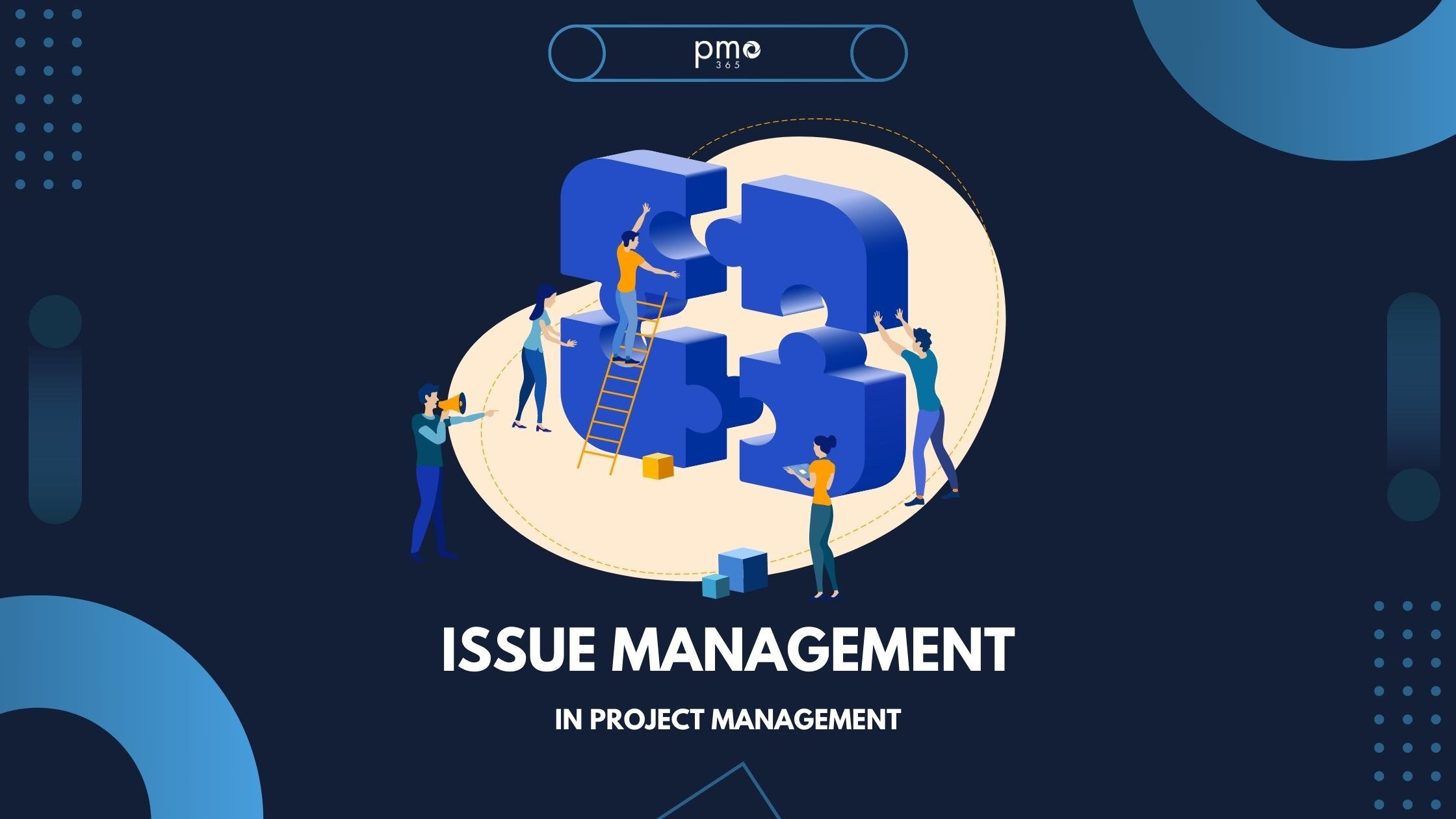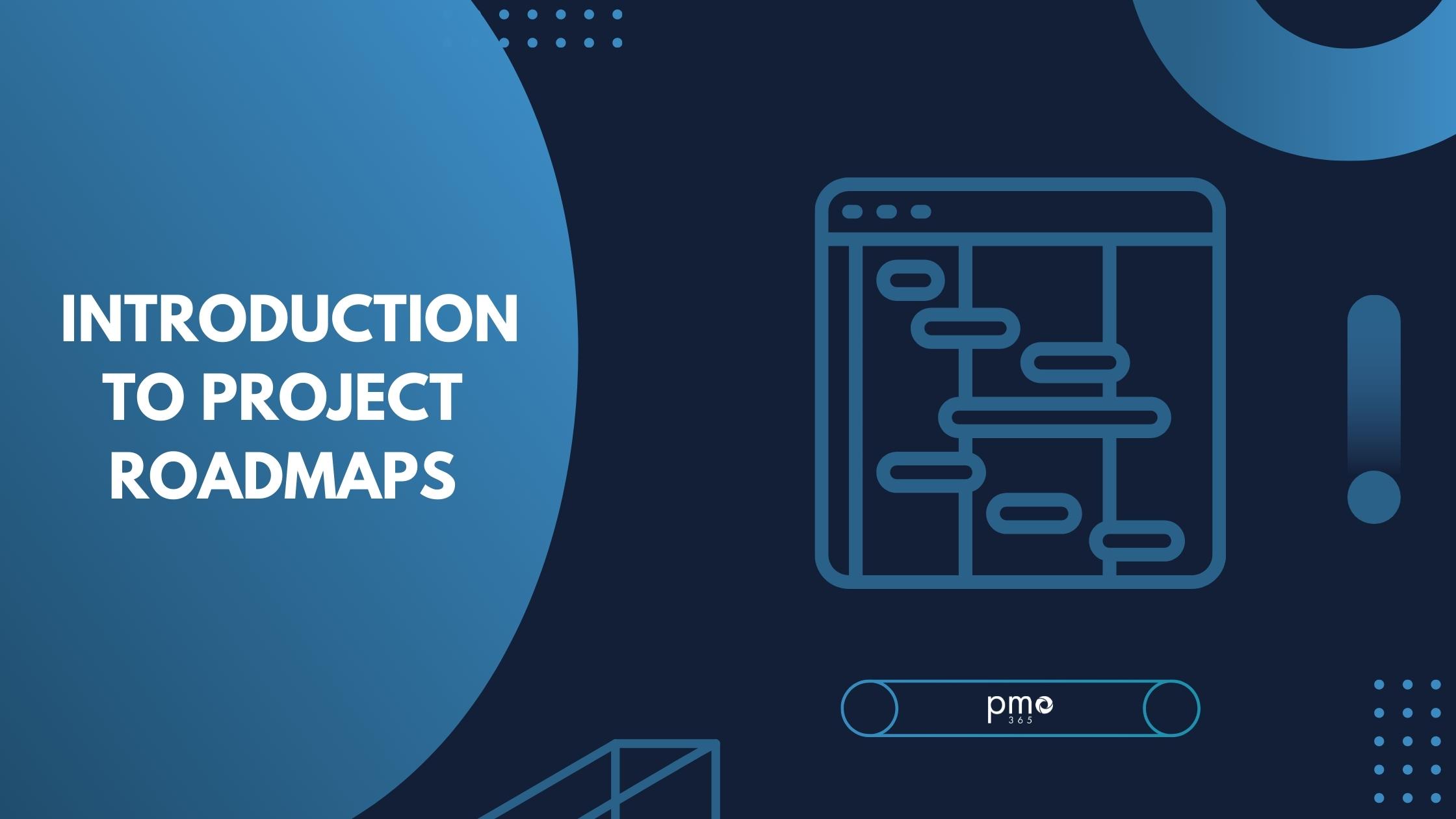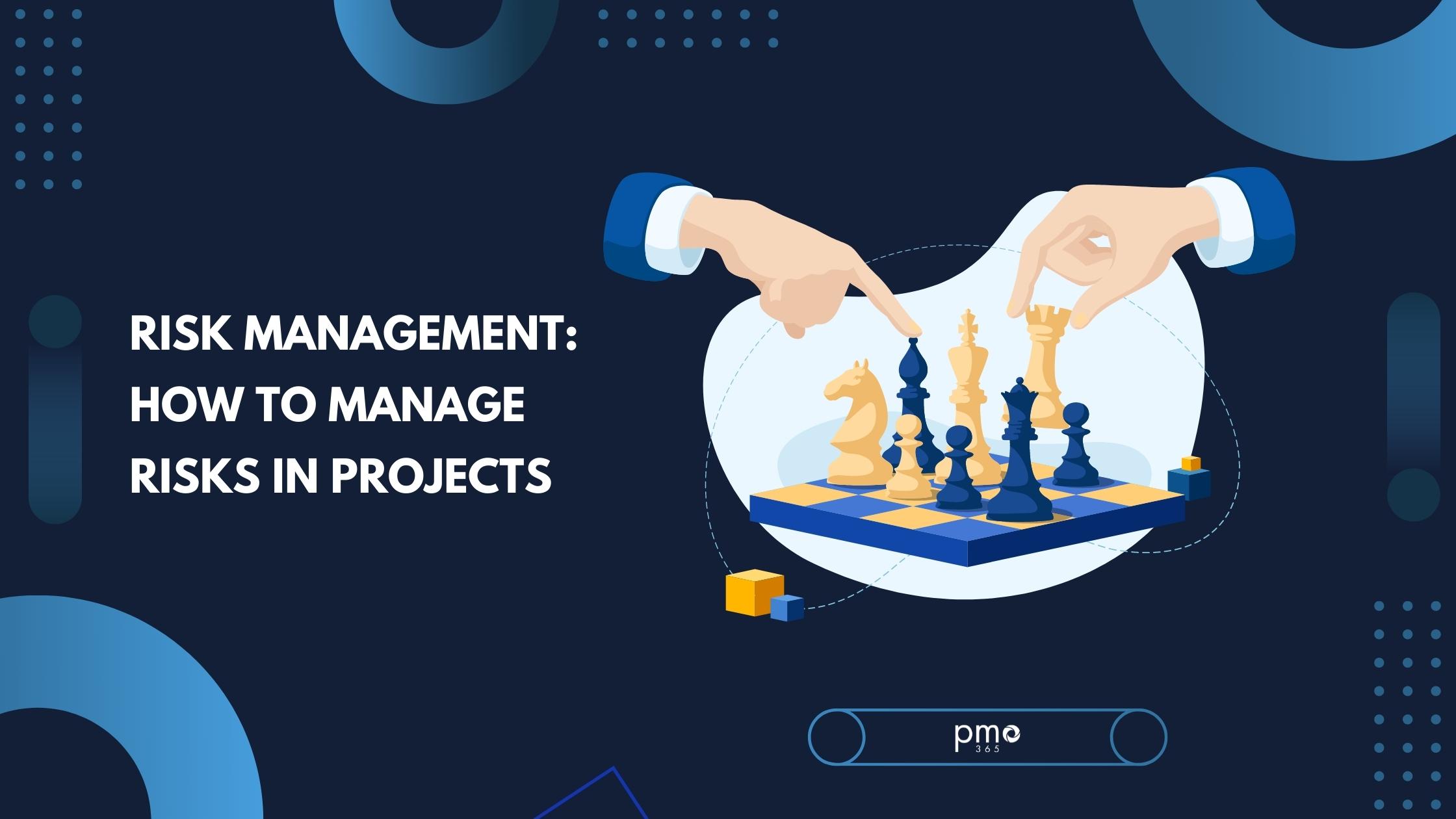Roadmaps in project management are a valuable tool which many project managers are using to navigate complex projects. It particularly can help teams and organisations gain a clearer idea of their project plans and progress. However, there are many types of roadmaps that serve different purposes.
This will guide you through the definition of roadmaps, their different types, and the critical elements that make an effective roadmap.
What is a roadmap?
A roadmap is a project management tool that aims to provide a high-level, visual overview of a project. Depending on the type of roadmap, it can be used to differentiate between types of work, resources, processes, or deliverables. The main objective of a roadmap is providing key stakeholders a macro-level understanding of the critical objectives and milestones of a project.
The act of building roadmaps, known as road mapping, is a valuable planning technique. As part of the roadmapping process, teams will visualise, monitor, adapt, and communicate plans, so they thoroughly understand the project.
Why are roadmaps valuable?
Roadmaps do more than just give an outline and overview for a project, product or portfolio. Various benefits of roadmaps include their ability to:
Provide a scaffold for project plans
Rather than jumping straight into detailed calculations and estimations, a roadmap helps teams build a general scaffold. This scaffold can be used to justify the project proposal before spending any additional time and resources on it. If your roadmap does not look viable, the project plan is most likely not viable. Roadmapping can save your team valuable time and resources that otherwise would be wasted in unnecessary planning.
Keep projects, products and portfolios on track by preventing scope creep
A proper roadmap will clearly outline and define the key objectives, and therefore priorities, of the project, product, or portfolio. This ‘charter’ of objectives ensures teams can easily keep track of the contingencies and impacts of ongoing change. Then team members can prioritise their tasks accordingly. Developing such a charter prevents scope creep, which occurs when project changes are unmonitored, and can derail the project’s success.
Manage and meet stakeholder expectations
Teams often put too much effort into development, while forgetting the importance of stakeholder engagement. However, surveys from Wellingtone show that project professionals see stakeholder management as one of the most important PPM processes. A roadmap helps stakeholders easily visualise project progress, and understand the impact of changes they might want to implement. This puts teams and stakeholders on the same page, and ensures managing and meeting expectations is easier.
Prevent stakeholder micromanagement
Without the abovementioned stakeholder management, stakeholders are prone to micromanaging projects. Stakeholders, particularly clients want to know what is happening and when it is happening. A roadmap can remove the uncertainty clients experience, as they can easily visualise progress through milestones. It also keeps the teams focused on the task at hand, as the roadmap determines at what stage what work should be completed.
Streamline and simplify reporting activities
As mentioned, roadmaps allows stakeholders and team members to get an overview of the progress and status of the project. Most roadmaps are built in PPM software, or in another cloud-based platform. This means all relevant people can access the roadmap at any time, from any place with real-time accurate data.
What are the different types of roadmaps?
While the fundamental structure and purpose of roadmaps may be similar, each projects have distinct factors that apply to it. Most roadmaps will have the same appearance, but the information conveyed within them can be vastly different. There are five commonly used roadmaps:
- Project roadmaps
- Product roadmaps
- Portfolio roadmaps
- IT roadmaps
- Feature roadmaps
Project Roadmaps
A project roadmap is a simplified and visual form of the project plan that summarises key information. It should include such as key milestones, general timelines, expected deliverables, dependencies, resource allocations, and key contacts. They are particularly effective than typical status reports for informing stakeholders about project progress. This is because they give stakeholders a vantage point of the bigger picture of the project.
Product Roadmaps
One of the most common forms of roadmaps, product roadmaps, are used to represent the phases of a lifecycle of a product. Unlike a project that has a defined start and end date, a product roadmap highlights different types of data tan just milestones. A product roadmap typically includes the product vision, strategy, features, time-frames, status markers, and product-based metrics.
Portfolio/Strategy Roadmaps
A portfolio or strategy roadmap is a multi-year long term roadmap that aims to visualise the organisation’s overall strategy. In this roadmap, the project manager will outline how they will achieve key objectives through various projects, products, and programs. While a portfolio roadmap informs the strategy and actions of project and product roadmaps, its effectiveness is dependent on the quality and accuracy of those roadmaps. Portfolio roadmaps are particularly powerful when paired with what-if scenarios or strategic planning tools.
IT Roadmaps
While similar to a product roadmap, an IT roadmap is utilised for technology assets rather than products . This facilitates the tracking of high-level evolution of IT services and assets. IT roadmaps often have additional indicators that identify the different platforms, business areas and inter-dependencies between different technology assets. They are particularly useful for internal teams and strategic planning.
Feature Roadmaps
A feature roadmap is like a product roadmap, but it provides details on the specific changes a product will undergo. These are particularly powerful when communicating to external stakeholders. They ensure all decisions about product features are justified by customer demand, and are linked to the organisations overarching strategic objectives.
Elements of an effective roadmap
Every roadmap has its own unique needs and indicators. However, the fundamental benefit of roadmaps is clearer, more succinct communication. That means roadmaps should be easy to manage, understand, share, and update. As a result, an effective roadmap, no matter the type, will typically have these specific elements or features:
Clear and editable dependencies
A key tactic to improve efficiency is running several tasks in tandem with one another. However, some tasks are often dependent on the initiation or completion of another task. Clearly defining these dependencies allows project managers to rearrange and optimise their timelines.
A good PPM solution will visualise these dependencies, usually by charts that define the different relationships between tasks. As projects shift and change over time, it is important that project managers alters these dependencies to reflect real-time conditions.
Milestones and timelines
Milestones are a measurement of the progress of the project. While they can be as simple as a list of targets to measuring progress, a PPM solution can provide a more intuitive and accurate progress update. A PPM solution can identify the different tasks and actions that contribute to the completion of a specific milestone, therefore providing accurate insights into progress. It can also automate approvals and alerts for key managers.
Your PPM solution may also have a completion percentage on timelines, a valuable feature for many project managers. Just time elapsed does not accurately measure of the completion of a project. Likewise, just because the project of 50% through its timeline, doesn’t mean you’ve completed 50% of the work. Therefore, having a completion percentage is essential for communicating real-time and accurate progress within your roadmaps.
Time phased views
The ability to visualise progress and the work required in specific time frames is a valuable monitoring tool. So, PPM solutions which allow project managers to select between daily, weekly, monthly, quarterly, and annual views helps teams have a more detailed understanding of their projects. Many teams use this time phased view capability for reporting, or to facilitate long-term strategic planning activities.
Automated updates
Roadmaps have the intention of improving efficiency. Therefore, a roadmap which requires you to continuously update, track, and report any changes is not efficient. This is where your robust PPM solution comes in. You can utilise your PPM solution to automate reporting, and give your teams automatic updates when they reach specific milestones or alerts.
Extensive integrative capabilities
A roadmap can only be truly effective if it is accurate and reliable. So, you need to integrate it with critical project management functions and activities across your project or portfolio. An effective roadmap tool is able to integrate with all your critical project management processes and tools, and visually represent this. As a result, ensure your team updates your roadmap to reflect activities like risk management, resource management, and schedule management.
While the above activities are some of the common road-mapping elements, each roadmap type will have certain features or metrics that you’ll need to represent. Check out these articles on project roadmaps and product roadmaps to learn what specific features to include in your roadmap.
What are some challenges to road mapping?
With a proper project management road-mapping tool, road mapping is an intuitive process. However, roadmapping is not without challenges, so teams should be wary of the common few mistakes in roadmap-building.
Guestimation
Relying on your gut feelings and making rough ‘guestimations’ is a common reason why roadmaps aren’t as effective as they could be. While it may seem obvious not to make guesses, it can be easy to do, and significantly compromises the quality and accuracy of your roadmaps. Make sure to pull from accurate data, expert advice, and historic data to make your estimations as accurate as possible.
Failing to update and monitor frequently
A roadmap is a real-time document, and so your team needs to continuously update it to reflect any changes. While, as above mentioned, PPM tools can automate some updates, your teams will still need to actively monitor their project scope, resource allocations and deliverables. Only then can your team ensure that these considerations reflect the roadmap.
Too much information
It can be tempting to fill your roadmaps with every single bit of detail regarding projects or products. However, it is important to remember that roadmaps are stakeholder-focused, and therefore are different from project charters, registers, or plans. So, create roadmaps which don’t overload your stakeholders with information. Instead, focus on making clear overall project progress. A roadmap should be succinct and precise, conveying only relevant information with just the right amount of detail.
Overcome the challenges of roadmaps and road mapping with pmo365
Roadmaps are a powerful tool for organisations to gain visibility and control over their projects and portfolios. At pmo365, we know the power which roadmaps hold, and have simplified, integrated, and optimised them in our solution. If you want to know more about how our solution can facilitate your road-mapping needs, book a free trial to see our solution in action!













